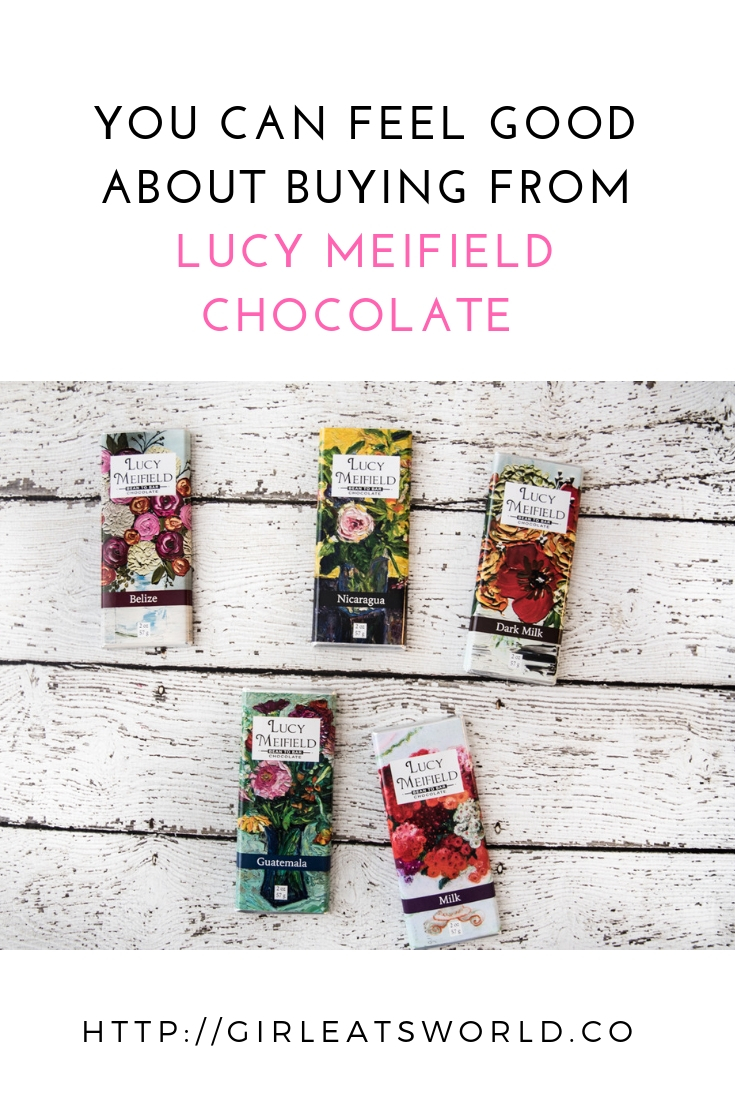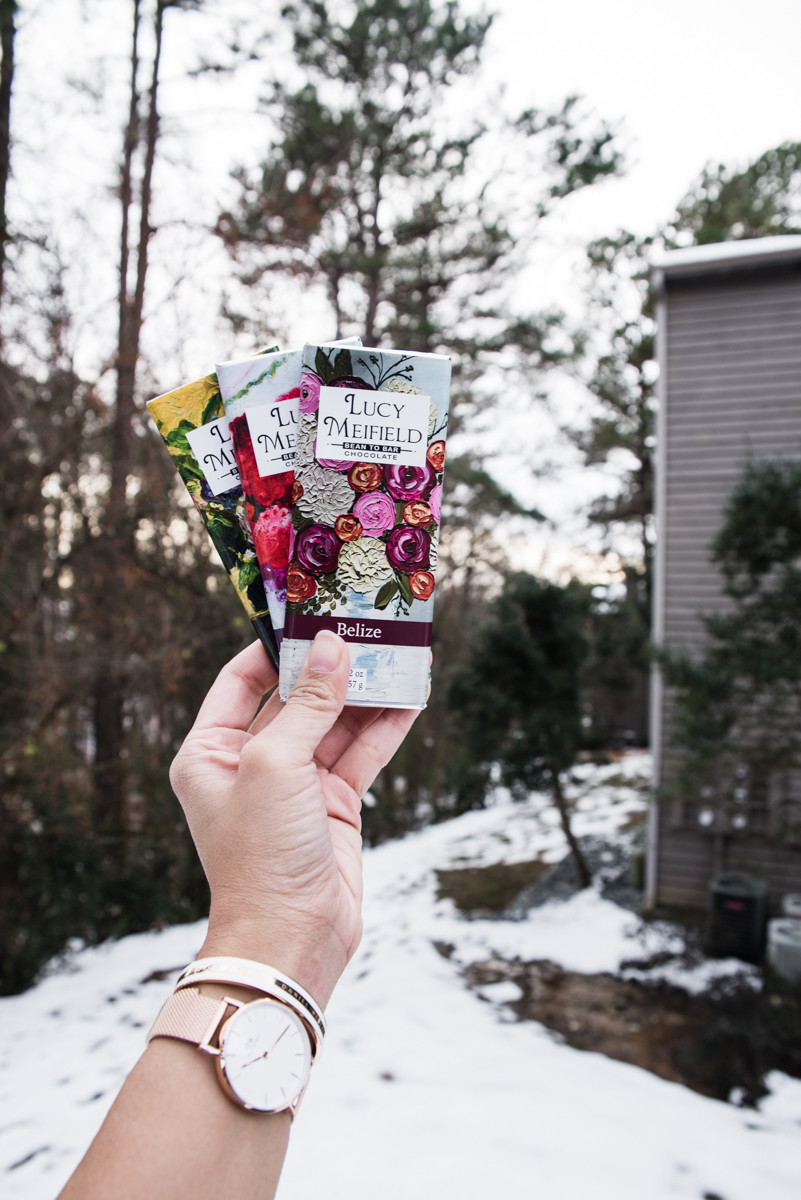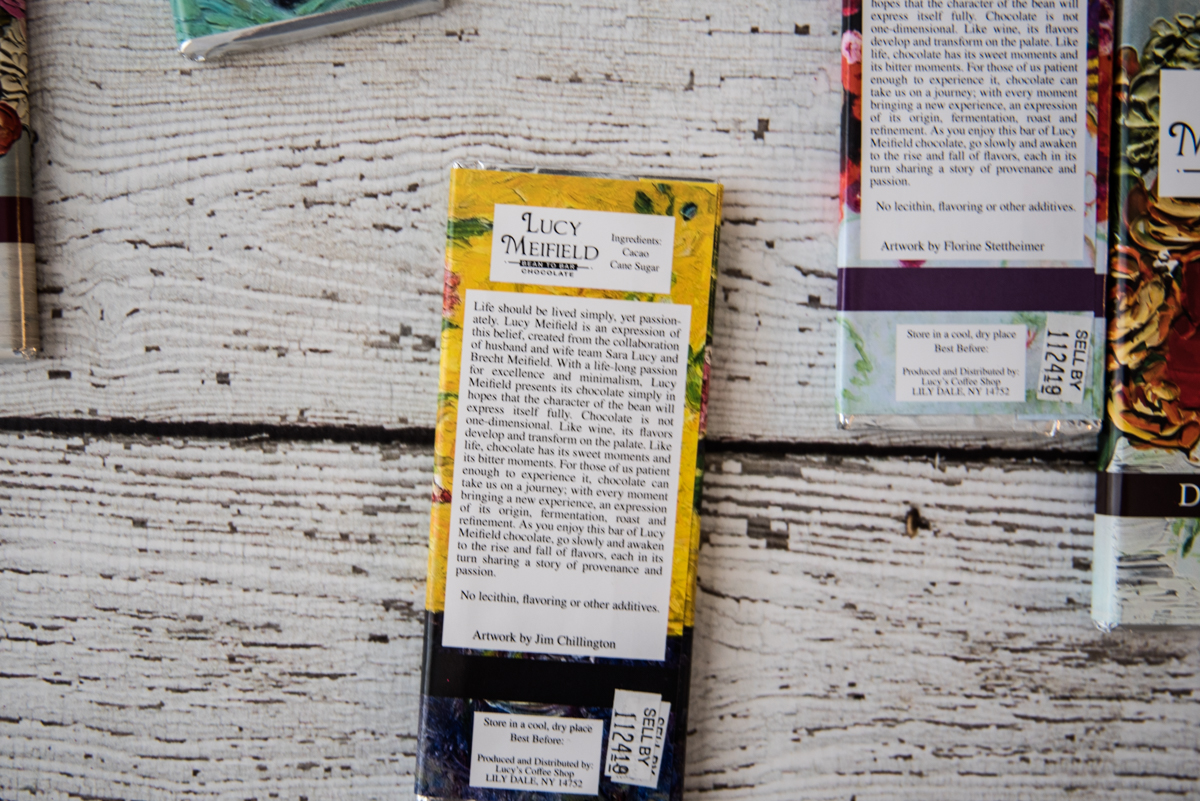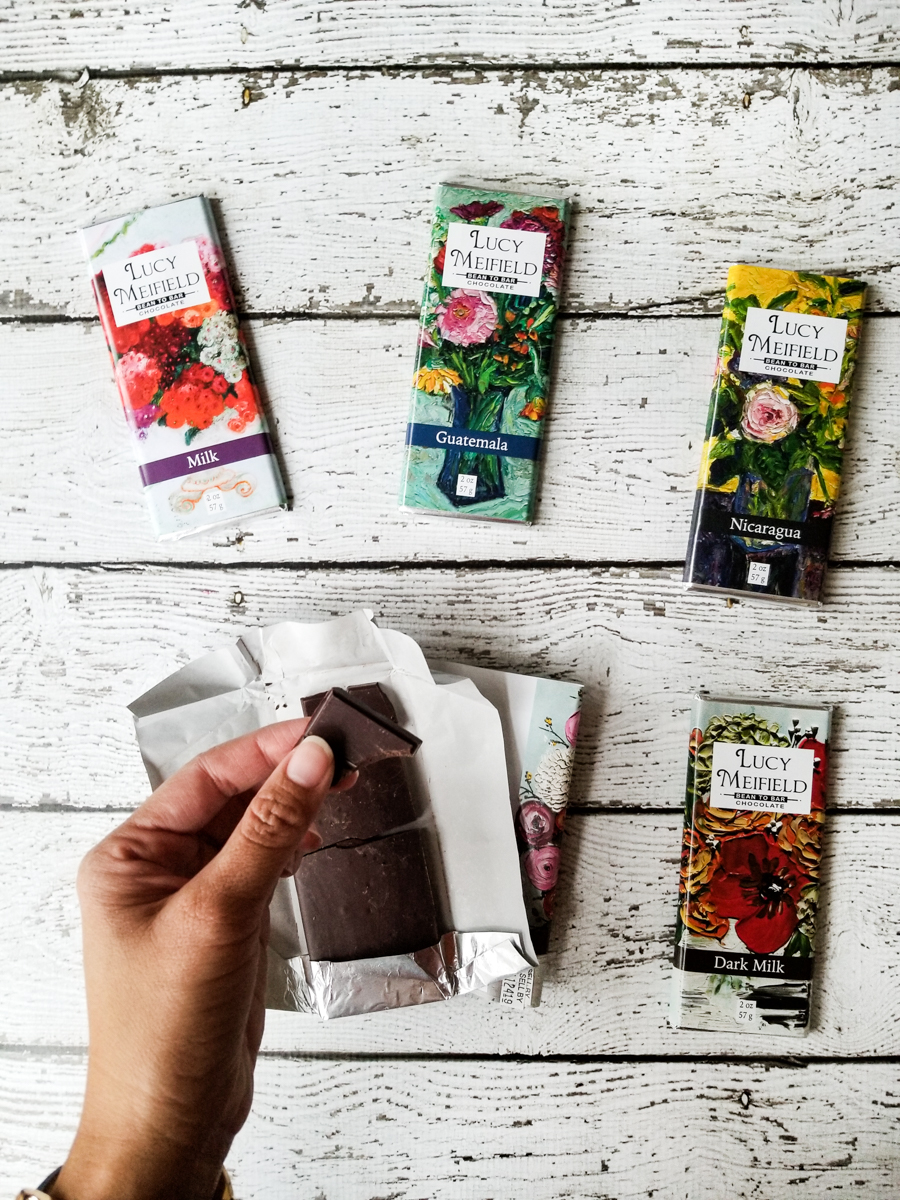
Students taking a hula hoop lesson in Austin (Credit: Misty Smith)
If you've ever taken a stroll by the capitol building on a balmy Tuesday night, then you may have witnessed something interesting. From a distance, it appears to be collection of multi-colored lights, twirling chaotically. As you approach, the outlines of people become clearer.
You see people manipulating the lights with their hands and various parts of their bodies. There is a singular source of music, providing atmosphere for these dancers who beg no witnesses, but usually attract some kind of audience anyway. They look like they're having fun. But, what are they doing?
The Flow Arts

Yes, some hoops are this big (Credit: John Reed)
What you see are Austinites gathered for the weekly flow jam. It's an opportunity for young and old, experts and novices, to share their interest in the flow arts. What is a flow art? It's a form of dance and movement that involves practicing dexterity, and hand-eye coordination, using one of many props.
The most common objects used for play are poi, juggling clubs, staff (or staves), fans, and my personal favorite–hoops! Because this practice often involves a toy or object, the flow arts are sometimes called object manipulation. In a broader sense, however, the flow arts can encompass many practices that don't involve a particular object of focus, including martial arts and acroyoga.
Not all toys have to light up or glow in the dark. But many dancers are attracted to the added flair LED lights provide.
Ancient Techniques
I'm no history expert, but I know many of these traditions have origins that predate the modern American circus. For example, poi, a weight-and-tether type instrument, originated with the indigenous Maori people of New Zealand. Wooden and metal hoops were rolled around in Ancient Greece and Egypt, and dancing with multiple hoops is tradition among many Native American groups.
It wasn't until the 1950s that the plastic circle we know as the hula hoop was mass-produced and became a hit sensation with children across the United States.
So, why are these practices still relevant today? And why is something like the hula hoop, which is commonly associated with children, so popular among adults?
It comes down to three things: mindfulness, community, and play. Object manipulation is perfect for cultivating mindfulness, spatial awareness, and body awareness. It can be excellent cardio without even realizing you're getting a workout because you're having so much fun.
Bringing a Unique Community Together

Hula hoops on the steps of the Texas Capitol Building (Credit: Christopher Lee Bevington Bailey)
In a city where tech, manufacturing, and science industries are booming, it's important to balance all of that serious progress with a bit of childlike wonder. Taking a break to dance, move, and breathe can help boost efficiency when you return to work. I've picked up my hoop multiple times while writing this!
The Austin Flow Jam Facebook page touches on the importance of community building. "Many of us have seen drastic positive changes in ourselves and others after discovering the flow arts," the page describes. "With that in mind, let's help each other excel at the things we love and work together to bring flow to others. We are only as strong as the community we create."
Austin's Weekly Event
Dancers spinning LED toys at the capitol (Credit: John Reed)
A performer by the name of Christopher Lee Bevington Bailey started the first official flow jam meetup, which was originally held at Palmer Events Center. At that point, Bailey had already been in the flow world for about 15 years.
"The first jams were super special," he said. "We used to have free weekly classes and one night we counted 68 people. I remember looking around and people were smiling and laughing. It was a beautiful thing because you don't see completely free, zero-profit events anymore with people coming together purely to share in the joy of a common interest."
Later, the event moved to the capitol building, where it takes place in the warm weather months. In the colder months, it takes place at Dragonfly Hall, an indoor venue.
Why Is Austin the Hula Hooping Capital?
To be fair, I have no real data on how many hoopers there are per capita. But hoop dancers can be spotted at just about any event or location around Austin where there is enough room to spin: Eeyore's Birthday Party, Sunday drum circles at Zilker Park, concerts and silent discos, randomly along the Greenbelt. There are even annual festivals dedicated to hooping and the flow arts, such as Flowstorm and Electro Cirque-Us.
Also, many internationally-known hoopers recognize Austin as a huge hooping destination. So if they're touring the country giving lessons, they almost always stop here.
Fire spinning is a large sector of the subculture, and it's not uncommon to see fire performers at events around the city. However, with fire comes different etiquette and a whole new set of safety rules, so it's best to consult a professional if you're thinking of picking it up!
Become a "Flowmie" (Short for Flow Homie)
View this post on Instagram
The public flow jam welcomes all who are curious and kind. Are you a complete newbie? Not to worry. The event is a judgement-free zone, and there are usually a few people who are more than willing to show you the ropes. Note the event is weather-permitting. Stay up-to-date by using the Facebook group.
Interested in purchasing a hoop or taking a formal lesson? Support a local small business and check out Circle of Play.
@theAustinot wants to know:
When was the last time you hula hooped?
***
We always have unique content on the Austinot, and we love to give things away. You know, like CDs, event tickets and other cool stuff. We only send out our Best of the Austinot newsletter two times/month. It's where we give you a recap of our best articles and give stuff away. Interested? Subscribe to Best of the Austinot here!
The post Embrace Your Hula Hoop Style at Austin Flow Arts Event appeared first on The Austinot
 I'm a chocoholic, guys. I love buying bars of dark chocolate and nibbling on them throughout the day. I love editing photos, reading, and writing with a bar of chocolate nearby. Nibbling dark chocolate in between thoughts and pages is one of my favorite productivity comfort hacks.
I'm a chocoholic, guys. I love buying bars of dark chocolate and nibbling on them throughout the day. I love editing photos, reading, and writing with a bar of chocolate nearby. Nibbling dark chocolate in between thoughts and pages is one of my favorite productivity comfort hacks.







